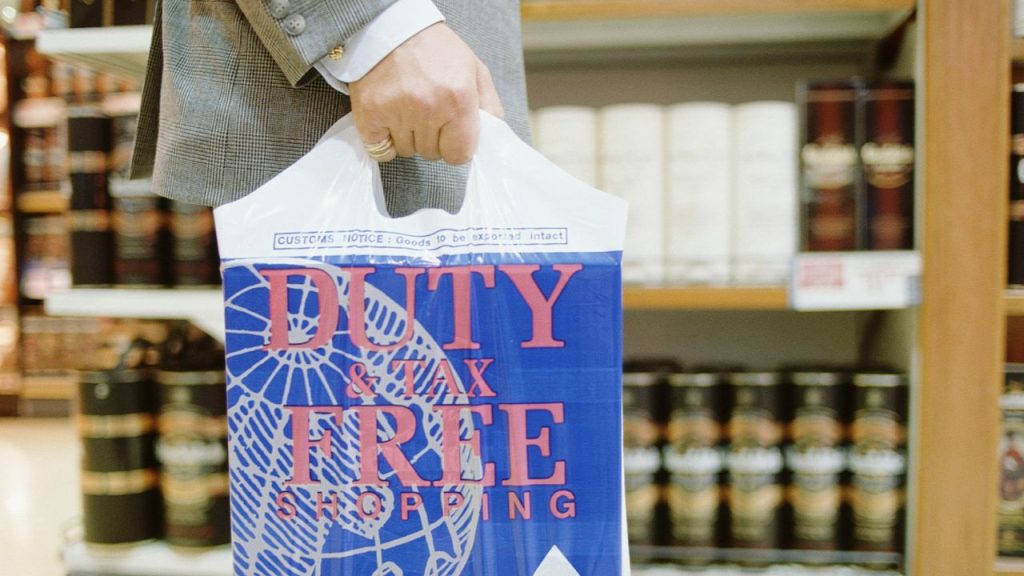If you have traveled internationally, there is a good chance you have encountered duty-free. Maybe you strolled through duty-free shopping post-security at the airport, passing by brightly lit shelves of perfumes, alcohol, cigarettes and chocolate. Or perhaps you took advantage aboard a cruise ship, where you were lured in by not needing to pay taxes. But you may have wondered: Am I actually getting a good deal?
As it turns out, it is possible to get a good deal this way — though the “amount of savings depends on an array of variables, such as the overall markup of the item and whether the product is made locally or imported,” said The Washington Post. Whether or not duty-free can offer even more lucrative savings amid Trump’s tariffs, however, remains an open question.
What is duty-free, and how does it work?
“Import, value-added and sales taxes — aka duty — are imposed on imported and exported products,” said U.S. News & World Report. So when a shop is selling items duty-free, it is offering those goods without tacking taxes onto the price.
These shopping opportunities are typically situated in “no man’s land” — such as “international airports, sea terminals, onboard cruise ships or during international airline flights” — so “you’re neither in nor out of any particular host country, including the one in which the terminal is located,” said Investopedia. This effectively becomes a “justification for shielding passengers in transit from host country taxes.”
What is key about this arrangement is that the buyer will not use their purchase on-site, which is why any purchases “will be sealed and delivered to the boarding gate,” said the Post. Further, “to ensure the shopper is departing the country, they will have to present a boarding pass and passport at checkout.”
Can shopping duty-free save you money?
It is possible — though not guaranteed — to save money through duty-free shopping. “Sometimes the only savings is on taxes, not the actual purchase price,” said Travel + Leisure. In certain cases, “some may even cost more due to exclusive packaging or edition releases,” said Reader’s Digest.
Further complicating the answer, “duty-free prices vary widely, depending on the country and airport — or even among airport terminals,” said Travel + Leisure. To ensure the price you are getting is indeed a good one, do some comparison shopping ahead of time on any planned purchases, and make sure you know the currency conversion.
Are there any restrictions on duty-free shopping?
Just because an item was duty-free in the host country does not necessarily mean you will not pay taxes when you return home. “Duty-free regulations vary depending on your country of residence, your travel destination and the length of your stay,” plus “other rules apply to the items purchased, the cost of the article and the country of its manufacture,” said Investopedia.
Upon arrival, you will need to fill out a U.S. Customs form declaring anything you might have bought abroad. There are also certain limits on how much you can purchase duty-free: “In the U.S., you can bring back $200, $800 or $1,600 in personal goods, depending on the countries you visited,” and there are also “caps on the amount of tobacco and alcoholic products,” said the Post. Expect to pay a flat rate of 3% on any amount over those limits.
How to determine whether you are actually getting a good deal
